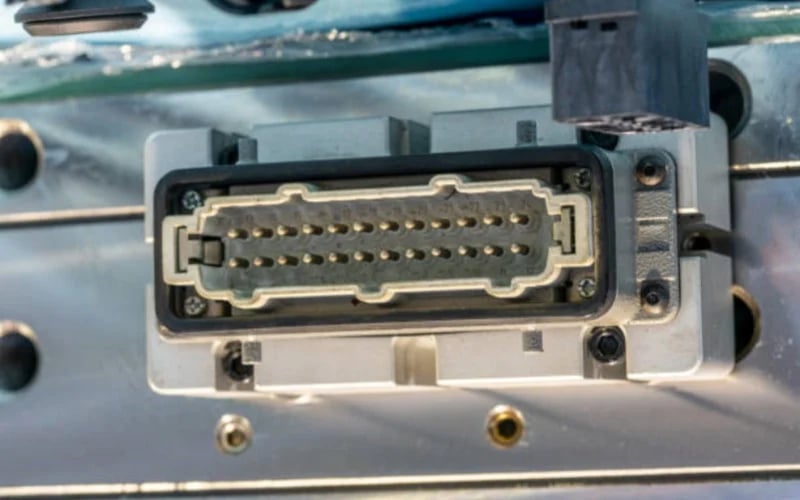The Power of bonded heat sink in Effective Thermal Management
Thermal management is an essential consideration in a wide range of industries, including automotive, aerospace, and electronics. To prevent overheating, engineers and designers use a bonded heat sink. This type of heat sink is highly effective in dissipating thermal energy from electronic components to the atmosphere. In this article, we will explore what a bonded heat sink is, how it works, and the benefits it offers.
Understanding the Concept of Bonded Heat Sink
A bonded heat sink is a thermal management solution used to transfer heat from hot electronic devices to the surrounding environment. It features an interface material bonded to a metal heat sink, which is in contact with the component. The interface material is chosen based on its ability to conduct heat effectively. It serves to fill the air gaps between the component and the metal heat sink, facilitating efficient heat transfer.
How Does Bonded Heat Sink Work?
When electronic components are in operation, they generate heat. If not managed properly, this heat can cause damage to the component or result in failure. A bonded heat sink works by providing a path for heat to flow away from the component. Heat from the electronic component flows through the interface material to the metal heat sink's base. The metal heat sink is then cooled by airflow or a liquid coolant, and the heat is dissipated into the environment.
Benefits of Bonded Heat Sink
Bonded heat sinks have several advantages over other thermal management solutions. Firstly, they offer exceptional thermal performance, thanks to the excellent thermal conductivity of the interface material and the heat sink. Secondly, they are easy to install, which makes them an ideal solution for high-volume manufacturing. Thirdly, they come in a wide range of sizes and shapes, allowing designers and engineers to customize them to their specific needs. Lastly, they are extremely durable, capable of withstanding high temperatures and mechanical stress.
Types of Interface Material Used in Bonded Heat Sink
Various interface materials can be used in a bonded heat sink, depending on the specific application. Below are some of the commonly used materials:
- Thermal grease
- Thermal adhesive
- Thermal tape
- Phase change material
- Thermal gap filler
Factors to Consider When Choosing an Interface Material
Not all interface materials are the same. When choosing an interface material, several factors must be considered, including:
- Thermal conductivity
- Viscosity
- Curing time
- Thermal resistance
- Cost
How to Ensure Proper Bonding?
Proper bonding is crucial for effective thermal management. To ensure proper bonding, various factors must be taken into account, including:
- The surface quality of the heat sink and the component
- The cleanliness of the surface
- The pressure applied during bonding
- The curing time of the interface material
Bonded Heat Sink vs. Other Thermal Management Solutions
There are several thermal management solutions available, including liquid cooling, heat pipes, and air cooling. However, bonded heat sinks have several advantages over these solutions. Firstly, they offer a high level of customization, allowing designers to create a bespoke thermal management solution. Secondly, they are easy to install, making them an ideal solution for high-volume manufacturing. Lastly, they are relatively inexpensive compared to other solutions, yet offer exceptional thermal performance.
Applications of Bonded Heat Sink
Bonded heat sinks find applications in a wide range of industries, including:
- Automotive
- Aerospace
- Consumer electronics
- Telecommunications
- LED lighting
- Solar power systems
Challenges in Bonded Heat Sink Design
The design of a bonded heat sink can be challenging, with several factors to consider, including the component size, the interface material, and the heat sink size. Furthermore, the demands of the application must be taken into account, including operating temperature, ambient temperature, and airflow rate. To overcome these challenges, a thorough understanding of the application and the thermal management requirements is essential.
Conclusion
Bonded heat sinks are an effective thermal management solution used to transfer heat from electronic components to the surrounding environment. They offer exceptional thermal performance, ease of installation, and customizability, making them an ideal solution for a wide range of industries. With various interface materials to choose from, designers and engineers have flexibility in designing the perfect thermal management solution for their application.

